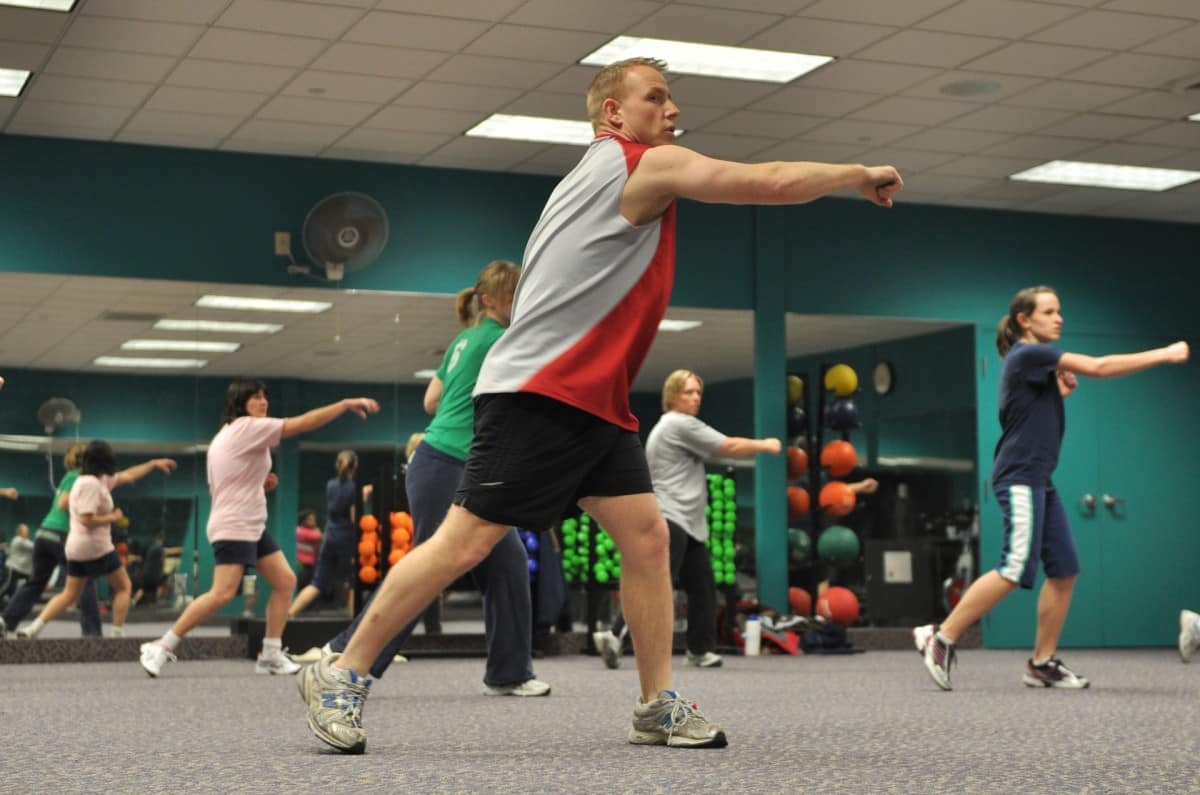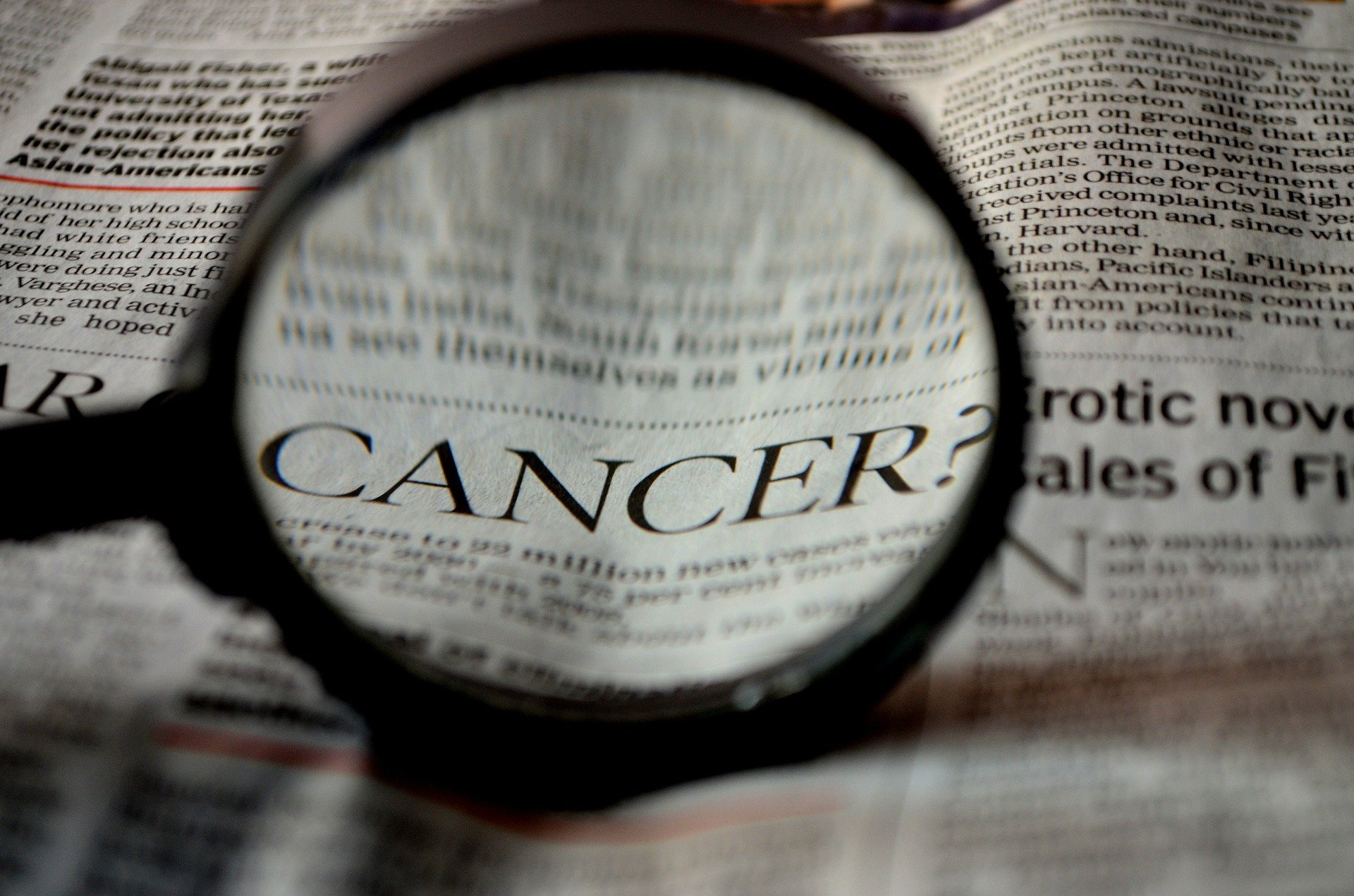
The diagnosis of cancer alone is a shock for every affected person, which is difficult to handle and has a decisive influence on the quality of life. In most cases, the quality of life decreases even further as the side effects of the therapy put an immense strain on physical performance and mental well-being. This leads to a significantly reduced physical activity – which many doctors still advocate and even recommend.
For some time now, however, movement, exercise and targeted training, both as additional and independent therapy, have been the subject of many studies worldwide. Recently published data show that exercise can not only improve quality of life, but also therapy outcomes. In various forms of cancer, observational studies show that physical activity and targeted training are associated with a reduction in the risk of cancer recurrence and even of death. In addition, training also appears to increase the effectiveness of all targeted cancer therapies, such as chemotherapy, immunotherapy and radiotherapy.
“Cancer progression (tumour growth) and metastasis are dependent on the formation of new blood vessels (angiogenesis or neovascularisation). However, unlike in healthy tissues, this happens randomly and unorderedly with cancer,” explain the physicians of the German Society for Radiooncology (DEGRO). “Very thin, clotted, immature, partially leaking vessels and also many short-circuit connections (so-called shunts) are formed, which lead to the oxygen-rich blood not being able to distribute sufficiently in the tumour tissue but flowing off.”
This would result in a lack of oxygen, a so-called tumour hypoxia, and an overacidification of the tumour tissue. This leads to a micro-environment of oxidative stress in the tumour, which in turn leads to the formation of new vessels and stimulates the aggression of the disease.

Sports Against Tumor Fatigue Syndrome
Another side effect of this microenvironment is the frequently occurring tumor fatigue syndrome. The affected person suffers from lack of strength and drive and is constantly exhausted and tired. This permanent condition improves through sleep. In addition, lack of concentration, anxiety, depression and other symptoms can be added, which have negative effects on daily life.
“The fatigue problem is considered as a main cause of a reduced quality of life (QoL) and is a frequent side-effect of tumor therapy and tumor treatment,” says DEGRO press spokeswoman, Prof. Dr. Stephanie Combs. “Fatigue syndrome can also occur under radiotherapy.”
There are currently no drugs available to treat fatigue syndrome, but the studies have shown that exercise, physical activity and targeted physical activity can improve or stop the symptoms. According to the doctors, sport contributes to a “non-pharmacological modulation or regulation of the microenvironment in the tumor”.
Thus, physical training increases the levels of the growth factor VEGF (“vascular endothelial growth factor”) and normalizes the blood vessel structures in the tumor. This results in a more even vascular density, improved blood circulation and better oxygen supply.
“This is accompanied by a better distribution of chemotherapeutics in the tumor, but the effectiveness of radiation also increases significantly, since hypoxia or oxidative stress is known to worsen the radiation sensitivity of cancer cells,” the study says. “It could be shown that purposeful training leads to a three-fold decrease of 8-OHdG (8-Hydroxydesoxyguanosin, a biomarker for oxidative stress) in the tumor. On the other hand, the sports program led to a 41% increase in “anti-oxidative capacity” in the blood and a 36% decrease in oxidation products.

Better immune defense
The scientists have also found that sport also changes the tumor metabolism (energy supply, insulin levels, glucose metabolism) and various inflammatory markers in the blood decrease. In patients who took part in a sports programme during chemotherapy, the inflammatory values decreased and as a further positive “side effect” they showed better mental (neurocognitive) performance.
Last but not least, exercise has been shown to activate the immune system, as the number of white blood cells (leukocytes and lymphocytes) increases. The number of natural killer cells, the so-called NK cells, even increased tenfold, and the production of cytokines such as interleukin-6 (IL-6) is also boosted by sport.
“The evidence for the positive effects of sports activity is considered so strong today – especially with regard to fatigue and quality of life, but increasingly also with regard to the response of chemo- and radiation therapies, relapse prophylaxis and survival that we as a specialist society recommend sports activity to all radiation patients,” said Prof. Dr. Wilfried Budach, President of DEGRO.
Prof. Dr. Combs emphasizes that the findings on the positive influence of physical activity and sports in cancer patients are particularly important for patient counselling. “Unfortunately, some oncologists and general practitioners still tend to recommend physical protection.”
The specialists generally recommend a combination of endurance and general strength training. In the case of an individually suitable sport, the requirement level should be gradually increased. Depending on the level of performance, this can initially only be a daily 10-minute walk, or regular jogging three times a week.
“Of course, certain situations may require training breaks, such as fresh wound healing or complications such as fever or infections. With bone metastases, there may be an increased risk of fractures due to unsuitable sports,” the scientists admit. “Sometimes special conditions have to be taken into account during or after radiation because heavy sweating, rubbing clothing or chlorinated water can additionally irritate the skin”.
These articles could interest you:
Stresshormones promote metastasis of breast cancer
Innovations that will change the way cancer is treated (3): Immunotherapy
Innovations that will change the way cancer is treated (1): Clostria-based gene delivery system







